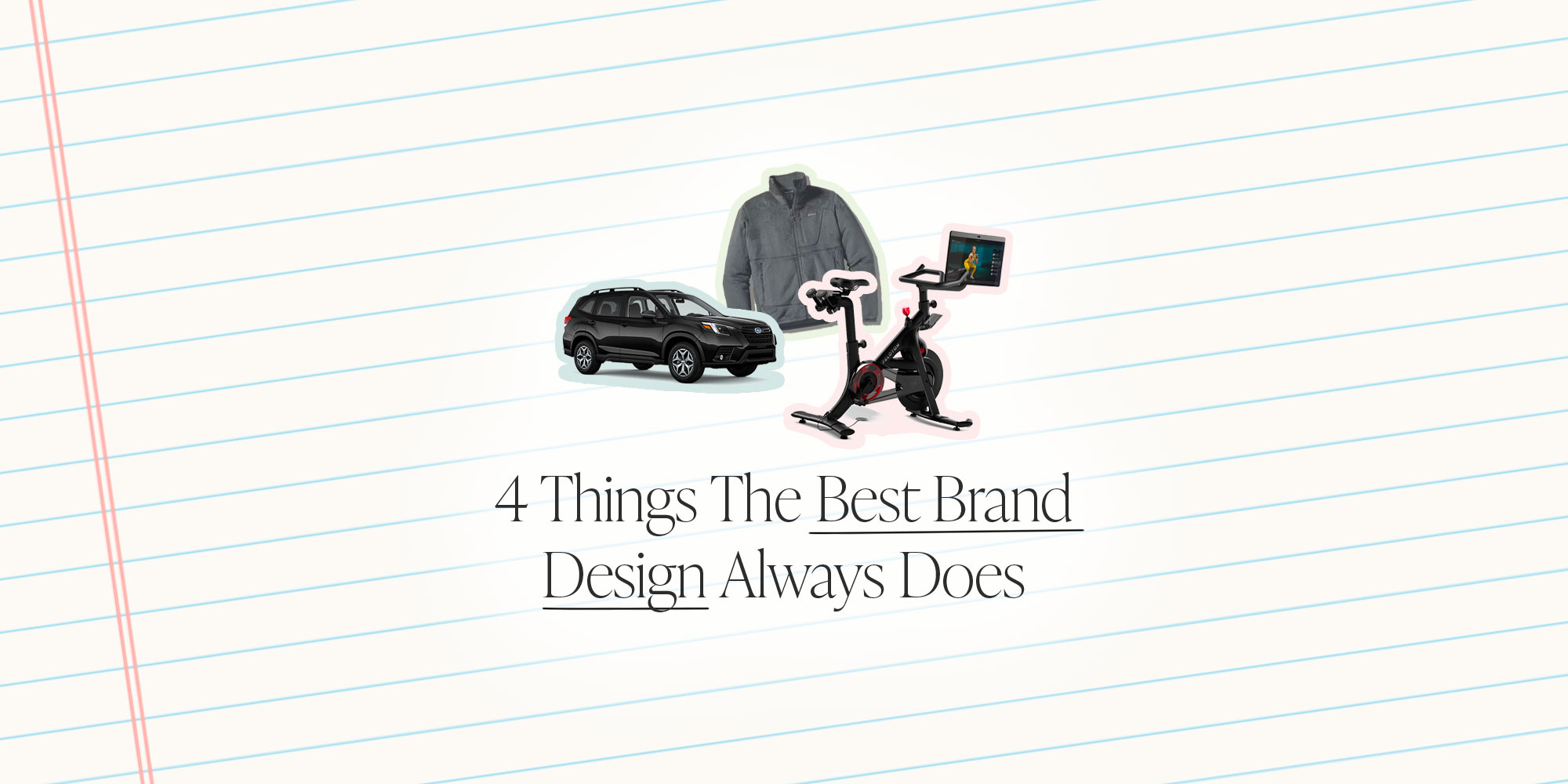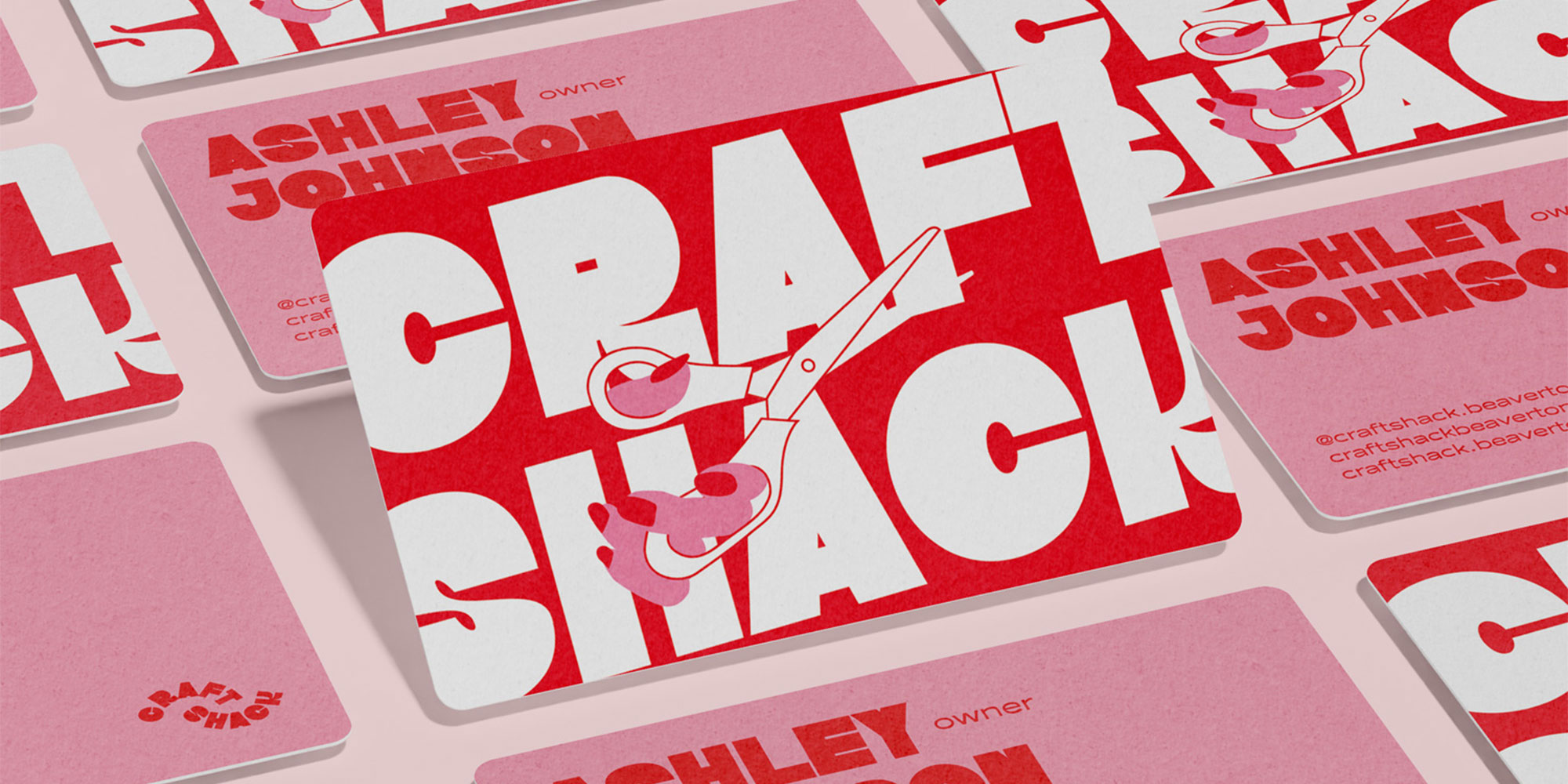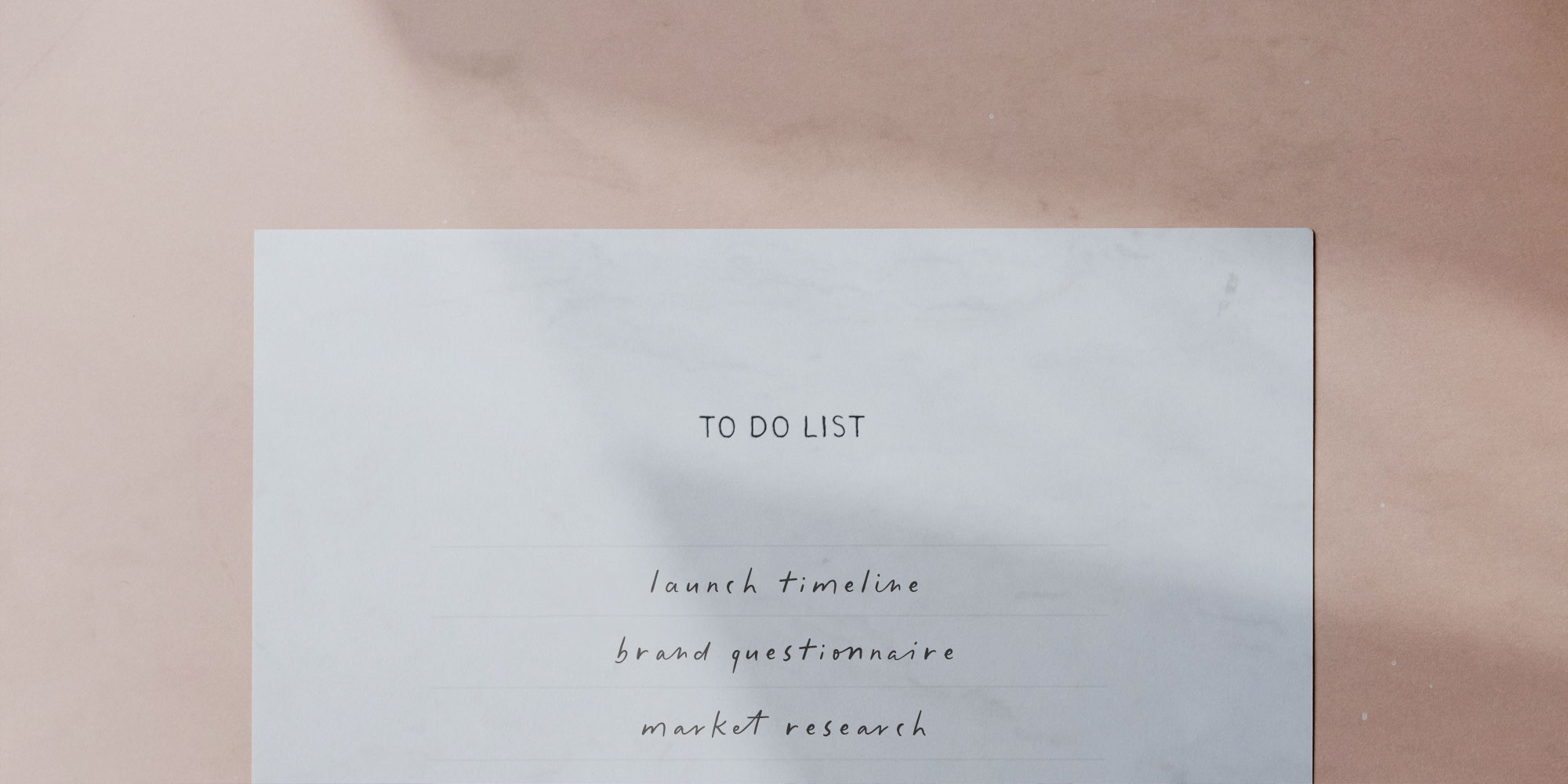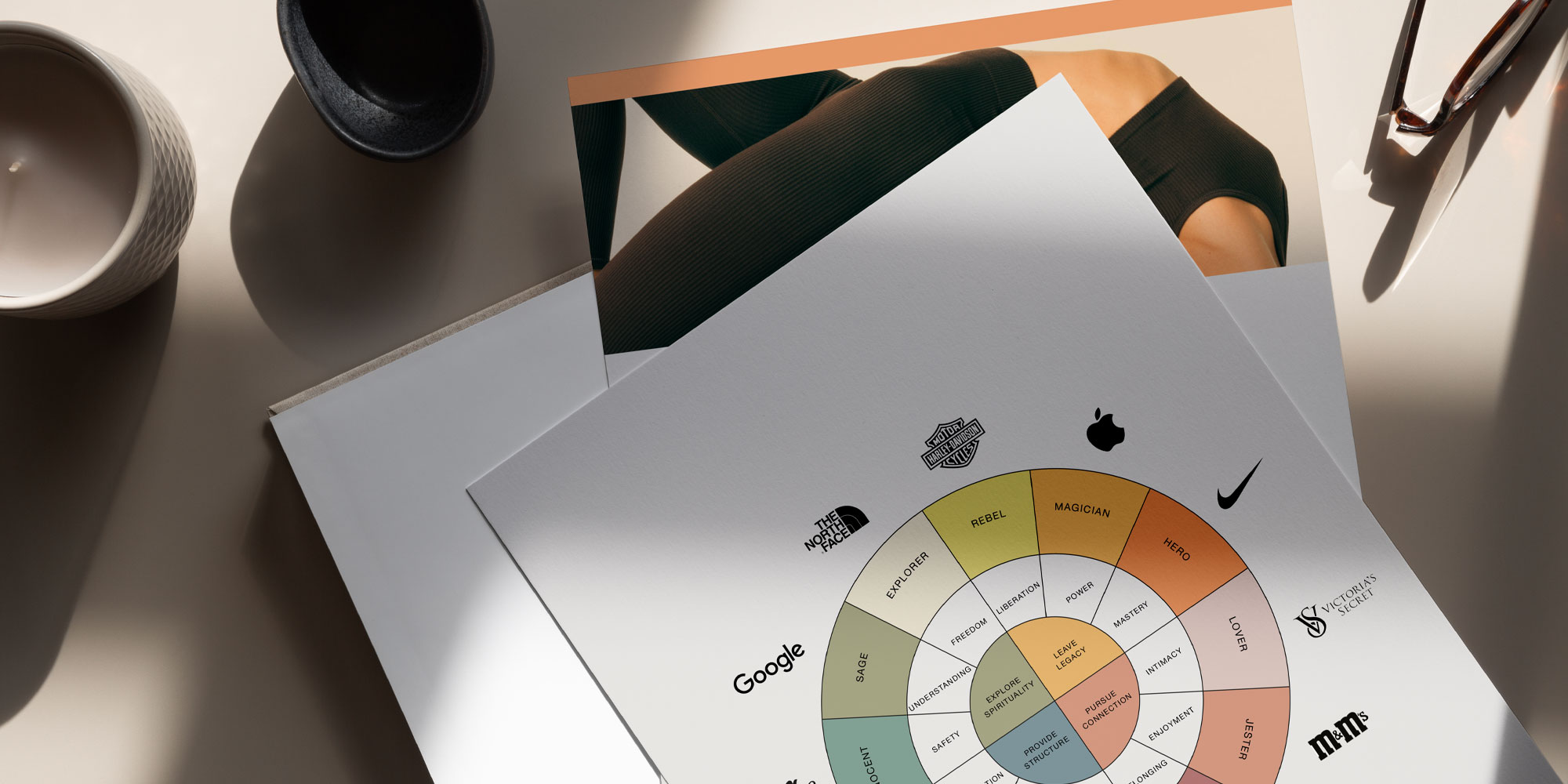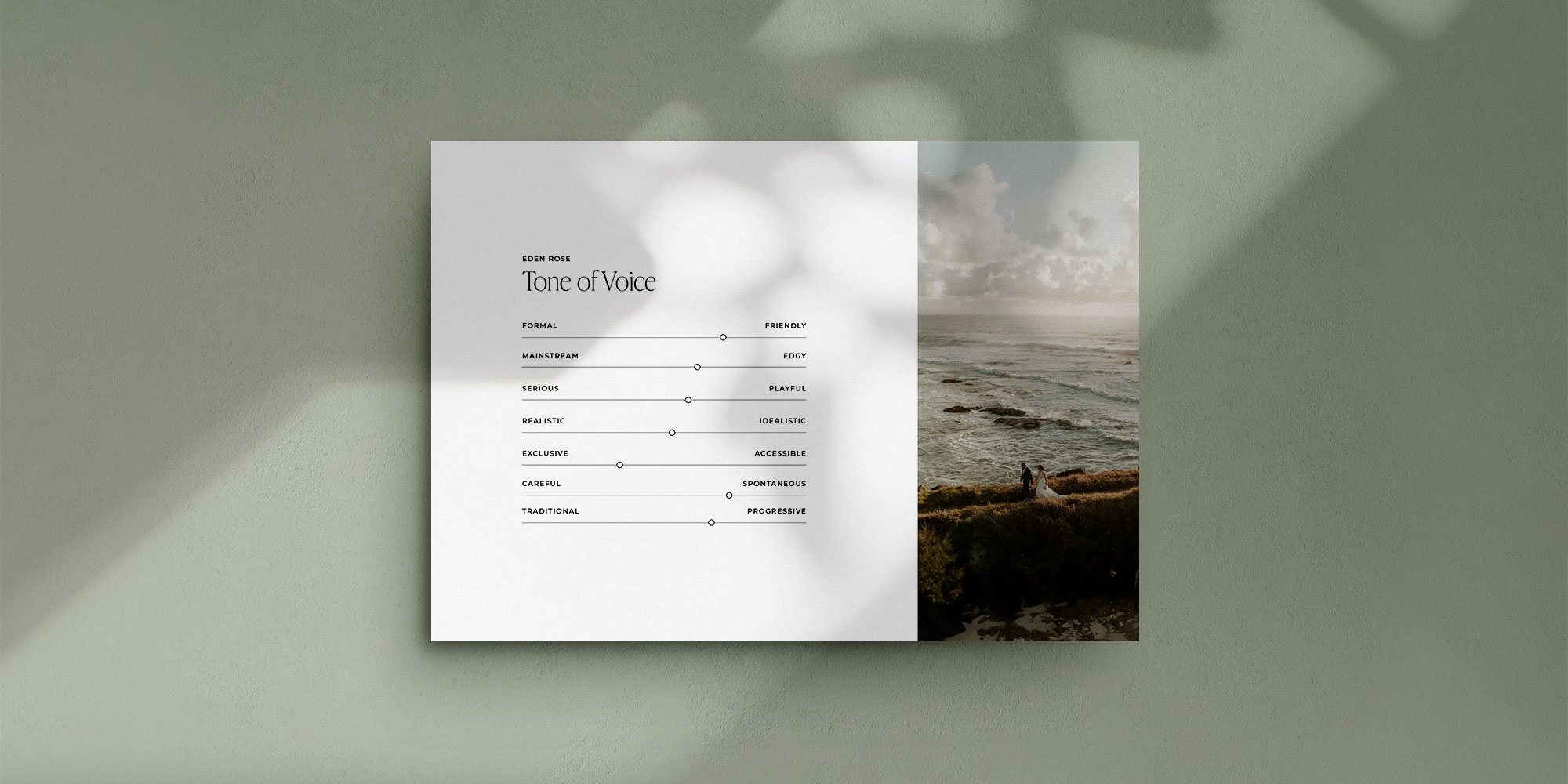Artists, writers, and philosophers know it’s important to study the greats to become even greater. The same is true when it comes to the best brand design. We can learn a lot from the successes (and failures) of top brands worldwide. Whether it’s an iconic tech company, your favorite brand of oat milk, or the athleisure brand you couldn’t live without, all successful brands have a few things in common. Today, we’re using real-world examples to break down some of the best brand design practices.
But First, What Is “Brand Design”?
You might hear “brand design” and think of logos, packaging, and business cards. If so, you’re not wrong. But that’s just scratching the surface. At its very best, brand design gets to the heart of your company’s values and connects you with your ride-or-die community. It’s the visual language used to communicate your brand’s identity to the world, and that’s incredibly powerful. You can check out our branding design elements blog to learn more about what exactly makes a strong brand tick.
The Best Brand Design Always…
1: Appeals to the brand’s ideal audience
I know, I know. You’ve heard this one before. Maybe you’ve even tried audience avatar exercises and market research that just made things more confusing. Finding your niche, connecting with your audience, building your community… doesn’t that mean limiting your potential market? Cue the inspirational quote:
“When you try to be everything to everyone, you accomplish being nothing to anyone.” —Bonnie Gillespie
In other words, it’s better to appeal strongly to your best audience than to appeal a little bit to a broad audience. The best brand design talks to your target audience in a way that makes them feel seen and heard. They relate to your brand because you “get” them.

Example: Subaru
Subaru is one of the most well-known brands in the world across all industries. According to branding specialists, they achieved this by relentlessly focusing on understanding their ideal customers. Their safe, durable, and versatile vehicles are for practical families and adventure lovers. Over its 70-year history, Subaru has never tried to break into the premium market by developing a luxury line. Instead, they’ve doubled down on the message at the heart of their brand: “Love. It’s what makes a Subaru a Subaru,” appealing to parents, pet owners, and adventurers.
2: Knows the problem it’s solving
This is another way of saying that the best brand design understands your brand’s real purpose. It’s not about making record profits or changing the world. It’s about helping one person solve their biggest problem. This is especially important when it comes to your brand voice and messaging.
For example, imagine you’re looking for a personal trainer. One website says, “I offer 1:1 personal training services to help you get in shape.” Another website says, “I help you put more time back in your day with personalized, virtual HIIT workouts.” While both brands are marketing the same service, one is selling a product (exercise plans), and the other is selling a solution (more time for busy people). This approach is important because it shows that you understand your customer’s needs and know how to meet them.

Example: Peloton
When gyms closed their doors during the COVID-19 pandemic, Peloton saw an opportunity to solve a new problem. As a fitness company specializing in connected, at-home equipment, Peloton wasn’t just selling bikes, treadmills, and rowers. They offered people access to safe and effective at-home workouts while creating a sense of community. In 2022, Peloton pivoted its brand messaging again to provide solutions to a new problem: staying motivated to keep exercising. They use their branding to help people “love fitness, stick with it, and ultimately live better.”
3: Reflects the brand’s core values
Have you ever ordered something from an “earth-friendly” company only to have your totally green product arrive wrapped in layers of plastic bubble wrap? When it comes to the best brand design, every single detail matters. Every brand’s identity has a specific ‘feel’ to it. This is expressed through your mission and vision statements, the products or services you provide, and the market you serve. And this identity should be present in every part of your branding.

Example: Patagonia
Outdoor clothing and gear brand Patagonia embodies purpose-driven branding. Their mission, “Patagonia is in business to save our home planet,” is reflected in the products they sell, their messaging, and their 1% For The Planet initiative. According to reports, 87% of Patagonia products are made with recycled materials, which makes them one of the most sustainable outdoor apparel brands around. Sometimes, they even actively discourage customers from purchasing too many products. Their 2011 Don’t Buy This Jacket campaign was designed to tackle the issues of fast fashion and consumerism head-on.
4: Sets you apart from the competition
If you’ve been in and around the marketing biz long enough, you’ve probably heard the term “disruptor brand.” Think of Airbnb when they first hit the scene and completely rewired the hospitality and travel industries. Or Apple crashing onto the tech scene with its introduction of the Macintosh in 1984. While your product or service doesn’t necessarily have to change the course of human history (huge props if it does!), it still needs to communicate what makes you different from everyone else on the market. How your brand looks and speaks should set it apart from your competitors.

Example: Mailchimp
By marketing themselves as the first user-friendly email marketing platform, Mailchimp achieved widespread brand awareness quickly. But as more brands entered the market, they had to get creative to differentiate themselves from the competition. Rather than leaning into their reputation as the first, they brought their quirky brand identity to the forefront. In a sea of corporate blues and grays, Mailchimp’s bright colors and funky illustrations help them connect with their ideal audience.
Why Settle For Good When Your Brand Design Could Be Its Best?
Brand design isn’t just the icing on the cake. It’s the whole damn cake. Designing a brand that aligns with your values, addresses your ideal audience’s needs, and sets you apart in a crowded market takes time and effort. But that investment pays off in both tangible and intangible ways. And, with our new, expanded brand strategy services, Lunar Creative helps you get to the heart of your brand and target market. We work with you to bring your brand’s identity to the forefront and ensure your branding represents it well. To learn more about how we can put your best brand design foot forward, get in touch or check out our ultimate brand building guide for more pointers! We can’t wait to learn more about your project.
